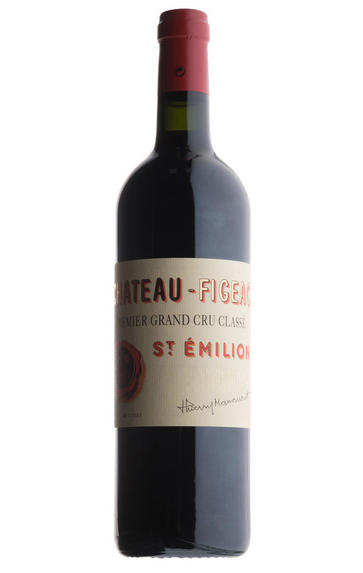
2016 Château Figeac, St Emilion, Bordeaux
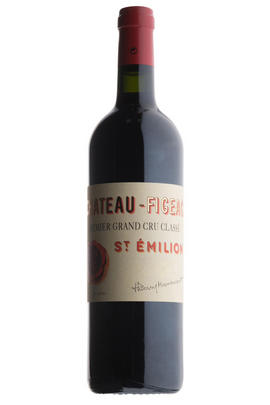
Critics reviews
Lisa Perrotti-Brown - 30/11/2018
Lively and very Figeac. Just as it should be. Zesty and confident and of the place. Rich palate entry and then lovely freshness. Firm and glorious. Like an arrow. Very pure. Frédéric Faye and the Manoncourt family should be very proud. Classic. Racy and juicy and beautifully balanced. Long.
James Suckling - April 2017
About this WINE
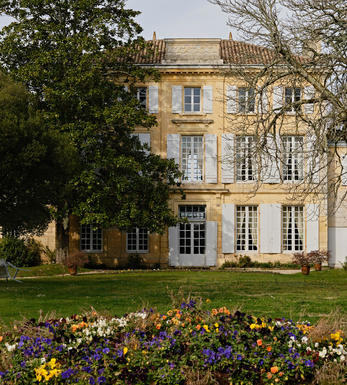
Château Figeac
Château Figeac is one of the leading St. Emilion estates and its wine, with its high Cabernet content, has often been described as the most Médoc-like in St-Emilion. The estate is located in the north-west of the appellation with its vineyards adjoining those of Cheval Blanc. Its 54 hectares of vineyards lie on a deep, Médoc-like gravel topsoil over a flinty, iron-rich subsoil. Figeac was promoted in 2022 to the level of Premier Grand Cru Classé A, the top tier of the St Emilion classification.
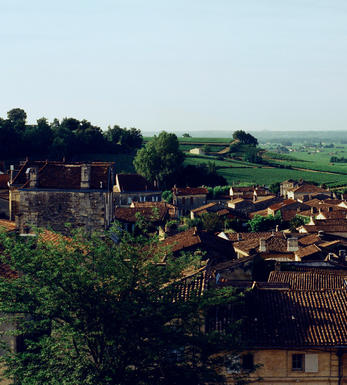
St Émilion
St Émilion is one of Bordeaux's largest producing appellations, producing more wine than Listrac, Moulis, St Estèphe, Pauillac, St Julien and Margaux put together. St Emilion has been producing wine for longer than the Médoc but its lack of accessibility to Bordeaux's port and market-restricted exports to mainland Europe meant the region initially did not enjoy the commercial success that funded the great châteaux of the Left Bank.
St Émilion itself is the prettiest of Bordeaux's wine towns, perched on top of the steep limestone slopes upon which many of the region's finest vineyards are situated. However, more than half of the appellation's vineyards lie on the plain between the town and the Dordogne River on sandy, alluvial soils with a sprinkling of gravel.
Further diversity is added by a small, complex gravel bed to the north-east of the region on the border with Pomerol. Atypically for St Émilion, this allows Cabernet Franc and, to a lesser extent, Cabernet Sauvignon to prosper and defines the personality of the great wines such as Ch. Cheval Blanc.
In the early 1990s there was an explosion of experimentation and evolution, leading to the rise of the garagistes, producers of deeply-concentrated wines made in very small quantities and offered at high prices. The appellation is also surrounded by four satellite appellations, Montagne, Lussac, Puisseguin and St. Georges, which enjoy a family similarity but not the complexity of the best wines.
St Émilion was first officially classified in 1954, and is the most meritocratic classification system in Bordeaux, as it is regularly amended. The most recent revision of the classification was in 2012
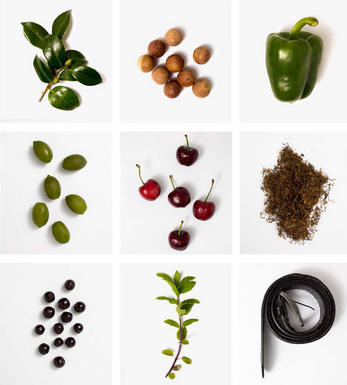
Cabernet Sauvignon Blend
Cabernet Sauvignon lends itself particularly well in blends with Merlot. This is actually the archetypal Bordeaux blend, though in different proportions in the sub-regions and sometimes topped up with Cabernet Franc, Malbec, and Petit Verdot.
In the Médoc and Graves the percentage of Cabernet Sauvignon in the blend can range from 95% (Mouton-Rothschild) to as low as 40%. It is particularly suited to the dry, warm, free- draining, gravel-rich soils and is responsible for the redolent cassis characteristics as well as the depth of colour, tannic structure and pronounced acidity of Médoc wines. However 100% Cabernet Sauvignon wines can be slightly hollow-tasting in the middle palate and Merlot with its generous, fleshy fruit flavours acts as a perfect foil by filling in this cavity.
In St-Emilion and Pomerol, the blends are Merlot dominated as Cabernet Sauvignon can struggle to ripen there - when it is included, it adds structure and body to the wine. Sassicaia is the most famous Bordeaux blend in Italy and has spawned many imitations, whereby the blend is now firmly established in the New World and particularly in California and Australia.


Buying options
Add to wishlist
Description
Figeac’s 2016 is cerebral. Deep, black cherry in colour, it has aromas of dark fruit, with a little spice, blue fruit and cedar. The palate is marked by a glorious freshness, a saline character and a crisp, juicy finish. Concentration and elegance: it’s focused with a long finish.
Blend: Cabernet Sauvignon 38%, Merlot 36%, Cabernet Franc 26%
wine at a glance
Delivery and quality guarantee